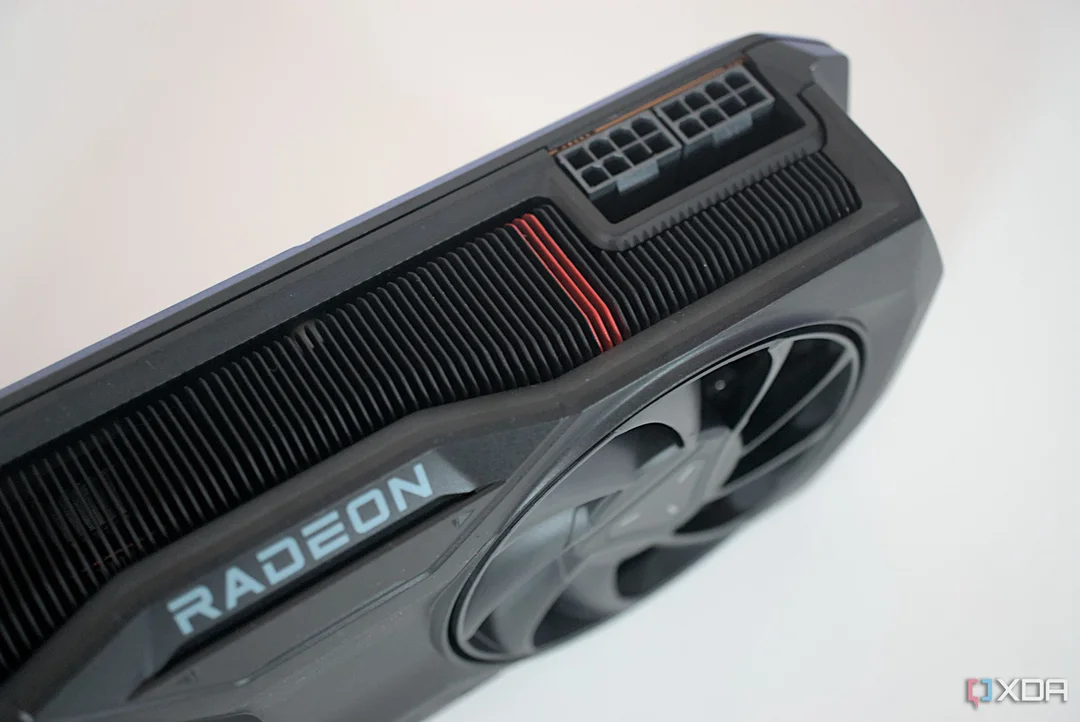
Nvidia’s RTX 50-Series Laptops: 5070 Ti & 5070 Arrive, Competing with RTX 40-Series, RTX 5060 & RX 9060 XT Set To Launch
The mobile GPU landscape is heating up! Nvidia's new GeForce RTX 5070 Ti Laptop and RTX 5070 Laptop are here, successors to the popular RTX 4070 Laptop. How do they stack up, and what does this mean for gamers?
Just weeks after the unveiling of the RTX 5090 and RTX 5080 laptop GPUs, Nvidia is releasing more Blackwell chips with the RTX 5070 Ti and RTX 5070 for laptops. While the RTX 5090 and RTX 5080 laptops begin to hit store shelves, the RTX 5070 Ti's arrive a little later. The RTX 5070 Laptop model is also coming available with comprehensive benchmarks.

RTX 5070 Ti Laptop: Power and Performance
Sitting between the RTX 5080 Laptop and RTX 5070 Laptop, the RTX 5070 Ti Laptop boasts 12 GB of VRAM, 5888 CUDA cores, and a maximum clock speed of 2640 MHz. It’s configurable with power levels between 60-115 Watts, plus up to 25 Watts Dynamic Boost.
Early benchmarks show the RTX 5070 Ti Laptop performing roughly on par with the older RTX 4080 Laptop, benefiting from a high power limit of 140 Watts during gaming. The test system, an engineering sample of the XMG Pro 16 (E25) with an Intel Core Ultra 9 275HX processor and 32 GB RAM, demonstrates the potential of this GPU.
RTX 5070 Laptop: A More Modest Upgrade
The GeForce RTX 5070 Laptop, tested with a Gigabyte Aero X16 engineering sample, features 8 GB of VRAM and an 85-Watt power limit, slightly below its maximum 100 Watt TGP. Performance in synthetic benchmarks is only slightly ahead of the RTX 4070 Laptop, with the RTX 5070 Ti Laptop showing significantly higher gains (40-60%).
Gaming Benchmarks: A Detailed Look
In 1080p gaming tests, the RTX 5070 Ti Laptop is comparable to the RTX 4080 Laptop, handling demanding titles smoothly. However, the RTX 5070 Laptop shows a mixed bag, sometimes on par with the RTX 4070 Laptop but with slight advantages in modern titles like Cyberpunk 2077.
QHD tests reveal VRAM limitations for the RTX 5070 Ti Laptop in memory-intensive games like Indiana Jones. 4K resolution pushes both GPUs to their limits, with the RTX 5070 Laptop struggling with frame drops.
DLSS and Frame Generation
Both the RTX 5070 Ti and RTX 5070 Laptops support DLSS4 and multi-frame generation, but these features increase VRAM requirements, which is potentially a problem. Path tracing and frame generation can be too demanding for smooth gameplay.
Power Efficiency
The RTX 5070 Ti Laptop falls short of its faster siblings in efficiency, while the RTX 5070 Laptop performs well, potentially due to the efficient AMD Ryzen AI 7 350 processor in the Gigabyte Aero X16 test unit.

Looking ahead, Nvidia and AMD are rumored to be launching their mid-tier GPUs in May. Nvidia is expected to release the GeForce RTX 5060 8GB around May 19. AMD's Radeon RX 9060 XT is anticipated to be unveiled on May 21 at Computex, with a possible retail launch in June. The RX 9060 XT will feature the Navi 44 die on a 128-bit bus interface, coming in both 8GB/16GB configurations.
Final Thoughts
The GeForce RTX 5070 Ti Laptop offers performance comparable to the RTX 4080 Laptop, with slightly better efficiency. However, the 12 GB VRAM could become a bottleneck in the future. The RTX 5070 Laptop, on the other hand, offers only marginal improvements over the RTX 4070 Laptop at similar power levels.
With two successors to the RTX 4070 Laptop, customers face potential confusion, especially considering the different power limits. Manufacturers disclosing TGP numbers will be important to help consumers make effective decisions.
What are your thoughts on the new RTX 50-series laptop GPUs? Share your comments below!